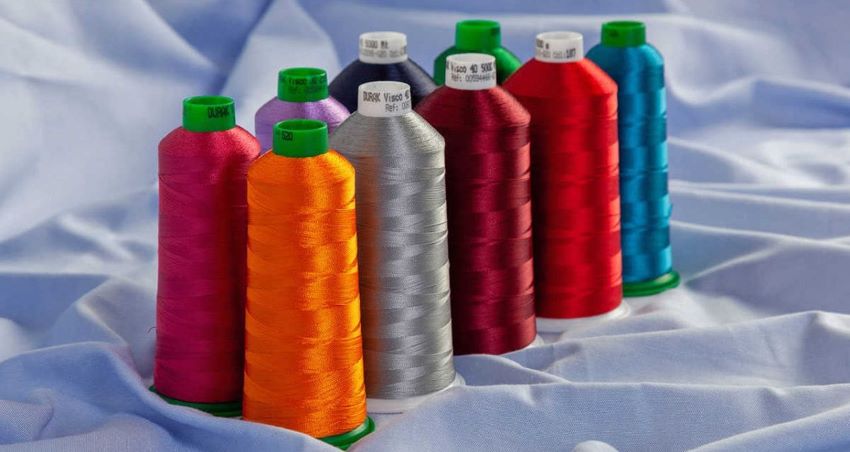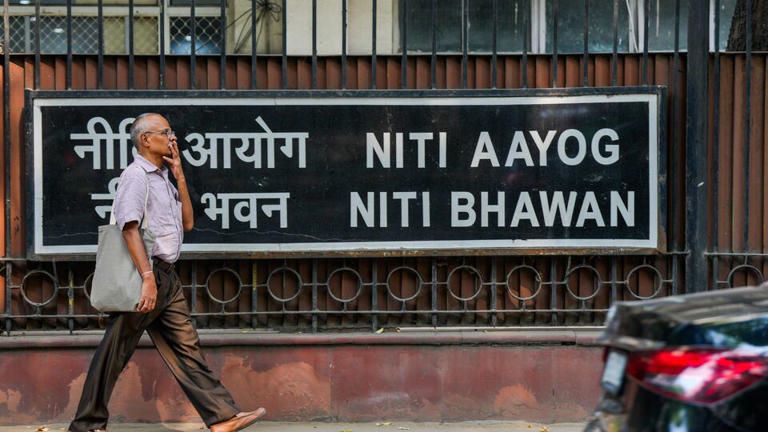India exported textiles and apparel (T&A) worth 10.5 billion dollars to the USA in 2024, accounting for 28.5 per cent of India’s total T&A exports and 13 per cent of its overall merchandise exports to the US. Over the past five years, India has remained a preferred sourcing destination for US buyers compared to competitors like China, Vietnam, and Bangladesh.
The recent introduction of a 27 per cent reciprocal tariff for India lower than China’s 34 per cent, Bangladesh’s 37 per cent, and Vietnam’s 46 per cent appears to offer a competitive edge. However, the key challenge will be how this cost is absorbed. Historically, suppliers have borne most cost escalations, as passing the entire burden onto consumers is difficult. Given the sharp tariff rise, importers may seek more cost-effective sourcing from countries with stronger logistics and supply chain efficiencies.
Sector-specific tariff adjustments also remain a possibility, as a uniform rate across industries may not be feasible. An analysis of the top 10 T&A products imported by the US from India, which make up 40 per cent of total Indian T&A exports to the US, shows they currently attract an average US tariff of 10.28 per cent. Any tariff hikes could raise costs and impact short-term demand. While immediate effects are limited, sustained tariff increases may weaken long-term demand for Indian exports.
With trade policies evolving, India must closely track competitors responses. Some nations in the textile value chain are expected to announce zero-tariff policies for US exports, making it crucial for India to engage with US authorities to secure favorable terms.
A slowdown in US demand and uncertainty over tariff details pose concerns. However, the current tariff regime offers India a relative advantage in market access. To ensure resilience, Indian exporters must also explore alternative global markets while strengthening trade relations with the US.












